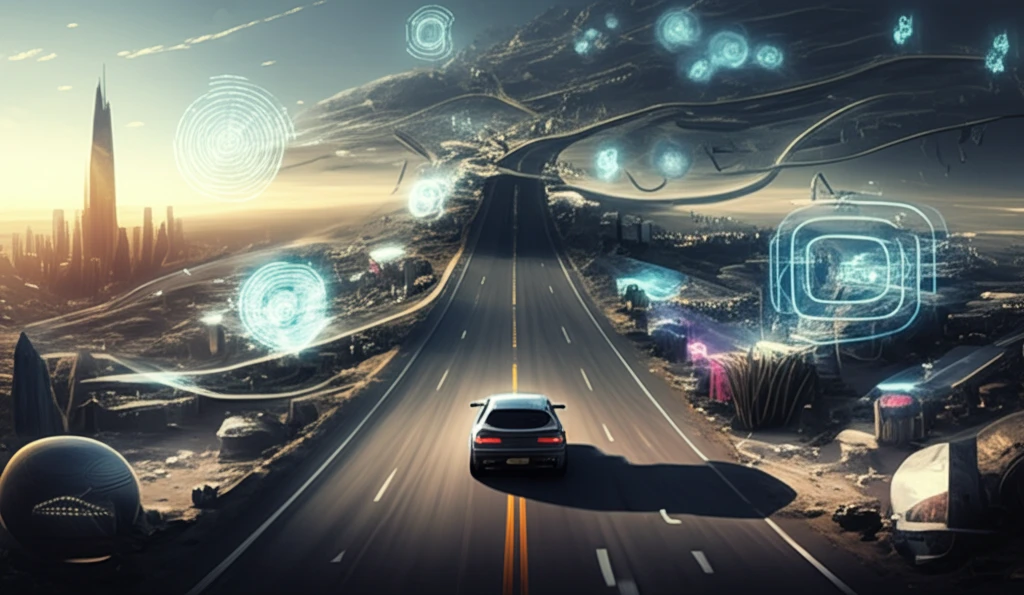
Smoother Rides Ahead: How AI is Revolutionizing Road Surface Detection
"Discover how deep learning and sensor technology are teaming up to classify road surfaces, improving vehicle safety and ride comfort for everyone."
Imagine a future where your car effortlessly adjusts to every bump, crack, and pothole in the road, providing a consistently smooth and safe ride. This isn't science fiction; it's the promise of advanced active suspension systems, made possible by breakthroughs in artificial intelligence and sensor technology. As vehicles become more sophisticated, their ability to 'understand' the road beneath them is becoming increasingly vital.
Deep learning, a subset of AI, is rapidly transforming numerous fields, from image processing to natural language understanding. Now, this powerful technology is being applied to an age-old problem: how to accurately and efficiently identify different types of road surfaces. By analyzing data from various sensors within a vehicle, AI algorithms can learn to distinguish between smooth asphalt, bumpy gravel, and everything in between.
This article delves into the innovative research exploring how deep learning networks, particularly those utilizing sensor data and ensemble learning techniques, are paving the way for smarter vehicles and more comfortable journeys. We'll break down the complex science into easy-to-understand terms, highlighting the potential benefits for drivers, passengers, and the future of transportation.
Deep Learning Takes to the Road: How It Works

The core of this technological advancement lies in the development of deep learning networks capable of processing and interpreting vast amounts of sensor data in real-time. These networks are trained using data collected from various sensors within a vehicle, including accelerometers, steering angle sensors, and wheel speed sensors. The data reflects how the car responds to different road conditions, allowing the AI to learn the unique signatures of each surface type.
The Road Ahead: Future Applications and Possibilities
The advancements in road surface classification using deep learning hold immense potential for the future of transportation. As AI algorithms become more sophisticated and sensor technology becomes more refined, we can expect even more accurate and reliable systems. This will pave the way for a wide range of applications, from advanced driver-assistance systems (ADAS) that automatically adjust vehicle settings based on road conditions to fully autonomous vehicles that can navigate even the most challenging environments with ease. Ultimately, the goal is to create a safer, more comfortable, and more efficient driving experience for everyone.
